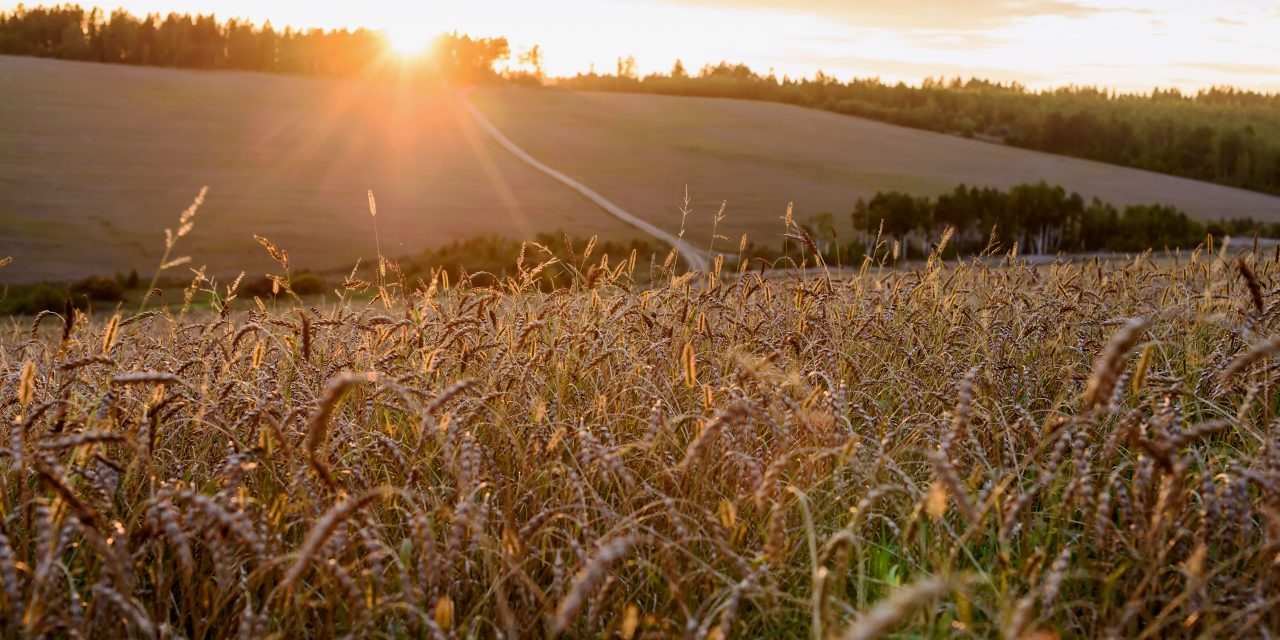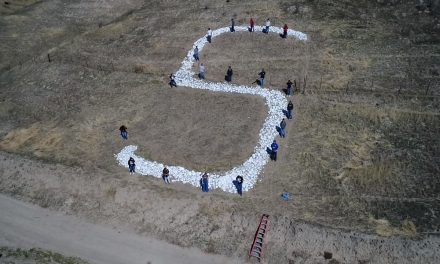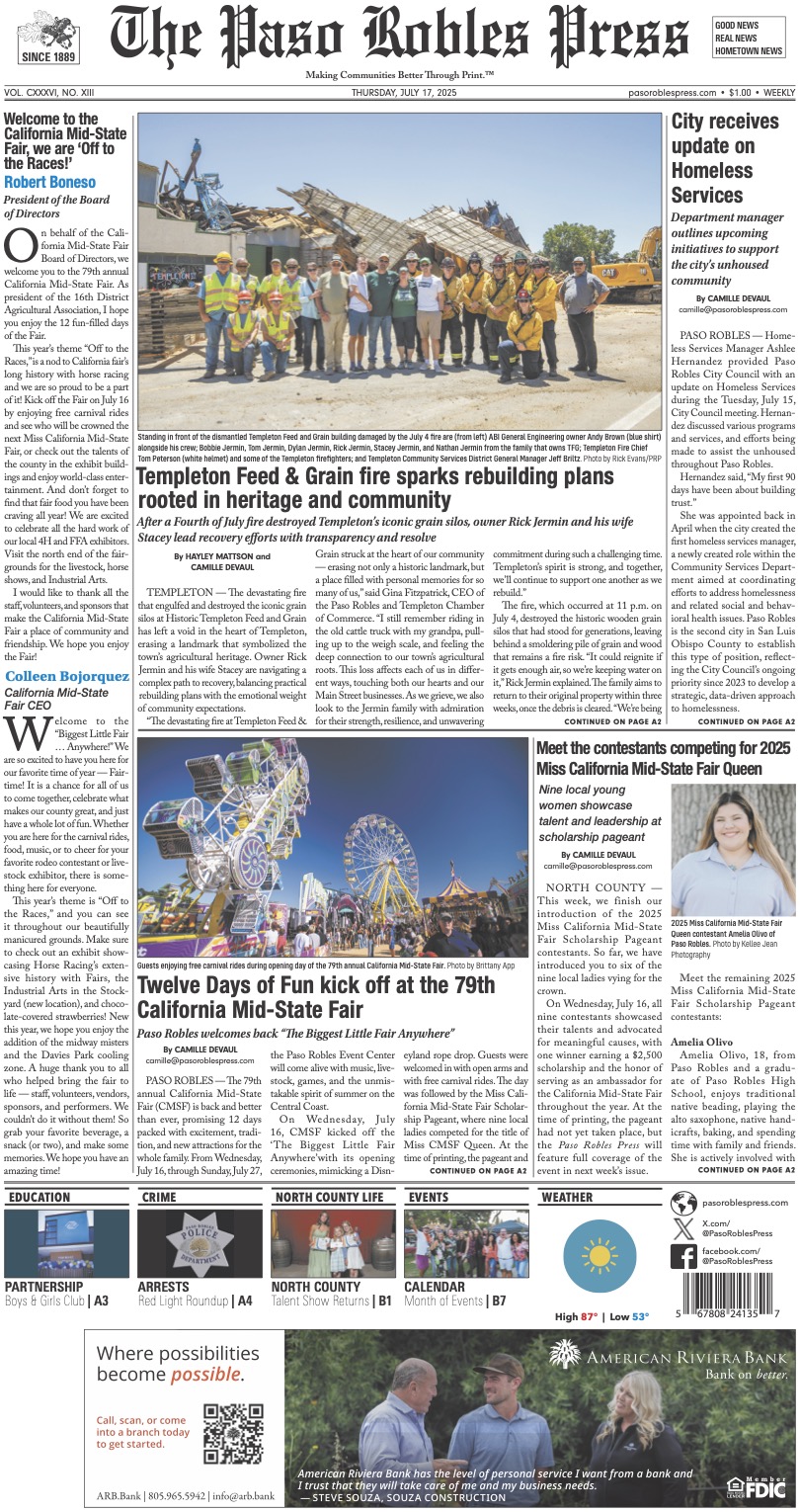How it’s affecting farmers, and how it will affect the nation
CALIFORNIA — If you have driven through the California Valley, you’ve likely seen a sign that read “No Water = No Food.”
These signs are remnants from the State’s previous droughts and never taken down because of how likely another waterless year will be.
And here we are. California is facing yet another drought.
According to the California Farm Water Coalition (CFWC), 2021 is on track to being critically dry—the same as the State’s last drought, which lasted from about 2014-2016.
What’s worse is, as of Jun. 2, over 2 million acres—more than one-quarter of Californian irrigated farmland—is receiving 5 percent or less of its water supply.
More than half of that is getting no water allocation at all.
In other areas of California, farms have reportedly had their water supplies cut by 25 percent or more, and 60,000 acres in Northern California will receive zero water this year.
Founded in 1989, the CFWC is a non-profit, educational organization that provides fact-based information on farm water issues to the public.
“We’re all about helping people understand the connection between farm water and their food supply,” said Mike Wade, executive director at CFWC.
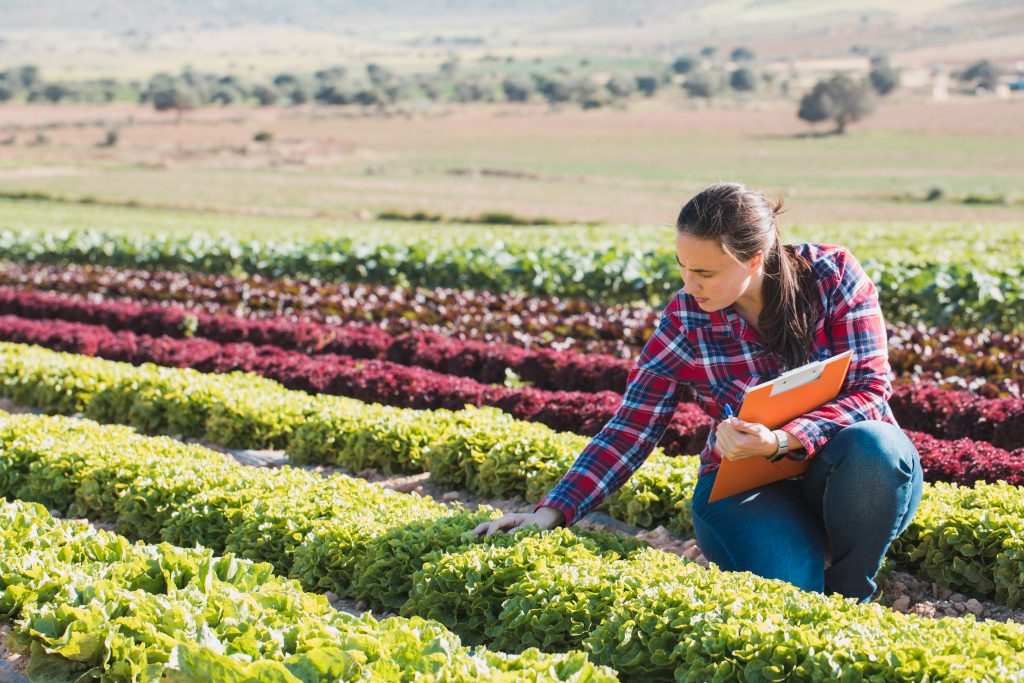
Due to lack of water, farmers across the State have had to face the crucial decision to reduce their planted acres.
And some farmers were given no choice but to plow under their crop—because the California Water Board (CWB) cut off their water supply by suspending the farmer’s water rights.
Farmers on the Russian River and the Sacramento-San Juaquin watershed have already had their junior water rights suspended by the CWB.
“We’ve seen dozens of crops that are having reduced plantings this year. Farmers are fallowing fields of annual crops,” said Wade.
He continued, “What that does is it doesn’t just affect the farmer, as important as that is. It affects communities. It affects people who depend on those farms for jobs. It affects related businesses, particularly transportation and processing all the way down the food chain to the grocery store where we see reduced supply and higher prices for consumers.”
The last driest year California saw was in 2015. According to drought.gov, “drought impacts to California’s agricultural sector resulted in $1.84 billion in direct costs, a loss of 10,100 seasonal jobs, and surface water shortages of 8.7 million acre-feet.”
California Governor Gavin Newsom was on the Central Coast Jul. 8, where he signed an executive order for Californians, including agriculture, commercial and residential, to decrease water use by 15 percent.
As of Jul. 13, 50 California counties have declared a drought emergency, including San Luis Obispo County, affecting 42 percent of California’s population.
While the Californian drought is proving to be damaging enough, it isn’t the only state experiencing a drought this year.
According to the U.S. drought monitor map, published by the National Drought Mitigation Center at the University of Nebraska-Lincoln, 11 states are experiencing extreme drought conditions:
- New Mexico
- Arizona
- California
- Nevada
- Utah
- Oregon
- Washington
- Montana
- North Dakota
- Colorado
- Wyoming
Additionally, some areas in Idaho and South Dakota are also suffering from extreme drought.
Wheat is the fourth top-selling commodity in the U.S., averaging an annual income of $5.13 billion.
Four of the states listed above are in the Nation’s top 10 wheat producers.
In a Spokesman Review article, a wheat farmer in Washington State said, “This is probably going to be the worst harvest we’ve had for the 35 years we’ve been doing this.”
Climates that generally don’t see over 90 degrees are getting temperatures above 100 degrees. High temperatures and lack of water mean lower quality wheat kernels and possible higher protein content—all factors to less tonnage for farmers and buyers wanting a lower price for wheat.
California produces over 400 different commodities, including two-thirds of the nation’s fruit and nuts, one-third of its vegetables, and one out of every five gallons of milk.
According to the CFWC, the following commodities have already been affected by water shortage in California:
- Alfalfa
- Almonds
- Apricots
- Asparagus
- Beans
- Cantaloupes
- Corn
- Garlic
- Grapes
- Honeydew
- Lettuce
- Onions
- Peaches
- Peppers
- Pima Cotton
- Rice
- Sweet Corn
- Tomatoes
- Watermelons
- Wheat
Basically, the effects of higher temperatures and drought are already affecting farmers, and we will soon see it in the food supply.
Western states are undoubtedly experiencing the start of a potentially horrendous drought.
But in California, other factors are taking water from farmers.
“It’s the result of changing policies that have shifted the water that is available for farms, homes, and businesses to serve a greater number of environmental purposes. And when we get to a drought year like we have now, there’s no flexibility left in the system, and we end up with a couple of million acres of farmland with no water supply,” explained Wade.
On Apr. 15, 2015, Channel 3 News in Sacramento interviewed former California Governor Jerry Brown. At the time, California was in the worse year of the 2014-2016 drought, and farmers in the California Valley saw water rights suspended.
During the interview with Channel 3, Brown stated, “Fifty percent of the water in California goes to protect the environment. Forty percent goes to agriculture, and about 10 percent goes to urban and commercial uses.”
Brown’s statement is backed up by the Public Policy Institute of California (PPIC).
“Statewide, average water use is roughly 50 percent environmental, 40 percent agricultural, and 10 percent urban, although the percentage of water use by sector varies dramatically across regions and between wet and dry years.”
As for environmental water use, the PPIC says:
“Environmental water use falls into four categories: water in rivers protected as “wild and scenic” under federal and state laws, water required for maintaining habitat within streams, water that supports wetlands within wildlife preserves, and water needed to maintain water quality for agricultural and urban use.”
The Sustainable Groundwater Management Act (SGMA) is another Californian policy threatening farm water.
SGMA was enacted to halt overdrafts and bring groundwater basins into balanced levels of pumping and recharge. SGMA also requires local agencies to adopt sustainability plans for high and medium-priority groundwater basins.
According to the Blueprint Economic Impact Analysis: Phase One Results by David Sunding and David Roland-Holst at UC Berkeley:
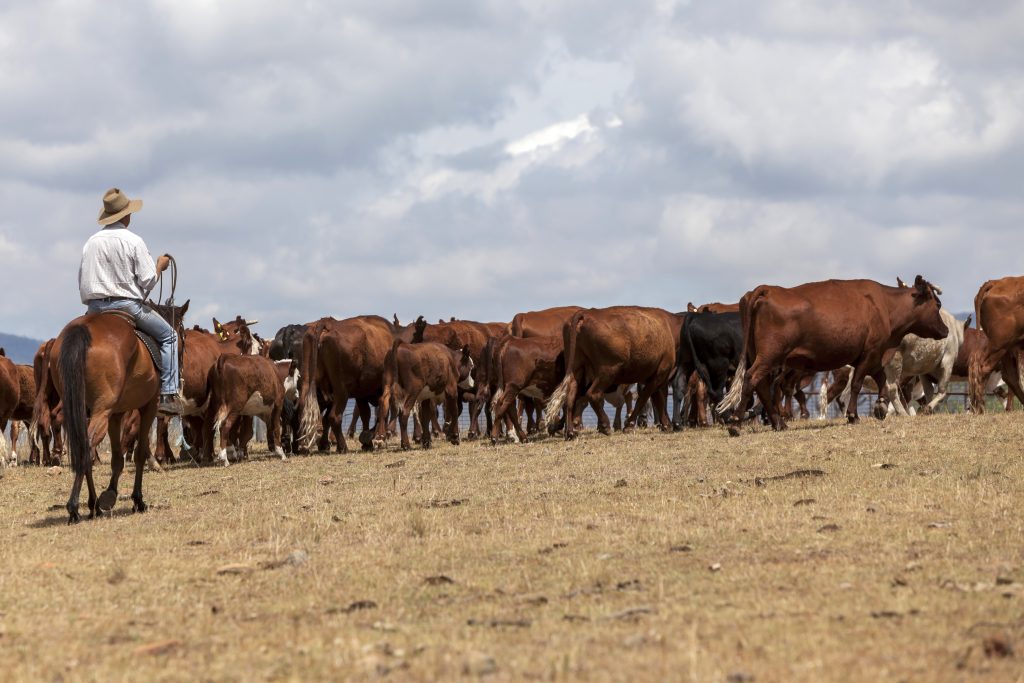
“Based on an analysis of SGMA and other anticipated water supply restrictions, we conclude that up to one million acres may be fallowed in the San Joaquin Valley over a period of 2-3 decades as a result of reduced ground and surface water availability. This amount of fallowing is approximately one-fifth of all acres currently under cultivation in the Valley. The farm revenue loss associated with this fallowing is $7.2 billion per year.”
The report also says, “Counting indirect and induced job losses together with direct losses, the SGMA and future surface water restrictions will result in as many as 85,000 lost jobs and $2.1 billion in lost employee compensation annually.”
Wade explains, “It’s going to be difficult to continue to farm in the scale that we are now in much of the Central Valley in California because of the change in the accessibility to groundwater–it could lead to half a million acres or more farmland being taken out of production.”
On Jul. 23, the CWB announced an “emergency curtailment” order. The order would inevitably cut thousands of farmers off from rivers and streams in the Sacramento and San Joaquin river watersheds.
The order would include pre-1914 appropriative and certain riparian water rights claimants.
On Aug. 3 the CWB passed the emergency curtailment order with a 5-0 vote.
State regulators said farmers would have to stop diverting water from waters and streams leading into the Sacramento and San Juaquin Delta–the State’s two largest river systems– because the drought is rapidly depleting the California reservoirs and killing endangered species of fish.
The curtailment order will not take effect for another two weeks and excludes some uses, including water for drinking, cooking, cleaning, sanitation and generating electricity, and more.
Together, the Sacramento and San Joaquin river systems drain 40 percent of California’s land and account for at least a portion of the water supply for two-thirds of the state’s nearly 40 million residents.
“The fact remains that water supplies are extremely limited across the State, and we are running out of options,” said Ernest Conant, regional director of the U.S. Bureau of Reclamation, who supports the new rule.
The State has also hired 15 people to help enforce the emergency order, according to Erik Ekdahl, deputy director for the division of water rights. The rule gives State regulators authority to enforce it, including fines for noncompliance.
Chris Scheuring, senior counsel for the California Farm Bureau, said, “In general, farmers understand drought, and they understand lean rain years. That’s the business we’re in,” he said. “But they don’t understand the downward slide in water reliability we are facing in California, sort of on a systemic level.”
A story on the new curtailment order, its effects on farmers and the general public to follow.
Sources:
US Drought Map
https://droughtmonitor.unl.edu
California Farm Water Coalition
Washington Wheat Production 2021
https://www.spokesman.com/stories/2021/jul/08/farmers-and-experts-anticipate-worst-wheat-harvest/
California Water Usage
Blueprint Economic Impact Analysis: Phase One Results by David Sunding and David Roland-Holst at UC Berkeley
farmwater.org/wp-content/uploads/2021/04/Blueprint-EIA-Phase-One-Report.pdf
Emergency Curtailment Order
waterboards.ca.gov/drought/delta/docs/notice_deltawatershed.pdf
Sacramento Bee
sacbee.com/news/california/water-and-drought/article252986953.html#storylink=cpy
Curtailment Vote
https://abc30.com/california-water-board-emergency-order-reductions-farmers-vote/10927157/

